
This investigative study is the second part of the assignment which is related to the first part that I have already done and submitted (a critical review on a given article) (Note: I will be attaching the critical review document with the Uploaded files).
The main article for this assignment is:
Farkas, C., Santelices, M. P.m Vallotton, C. D., Brophy-Herb, H. E., Iglesias, M., Sieverson, C., del Pilar Cuellar, M., & Alvarez, C. (2020). Children’s storybooks as a source of mental state references: Comparison between books from Chile, Colombia, Scotland and USA. Cognitive Development, 53, 100845, DOI: 10.1016/j.cogdev.2019.100845
Assignment Instructions:
You will be conducting your chosen study INDIVIDUALLY. Collect data on 4 storybooks (Storybook topic). Keep a record of all your field notes/observations, include your personal thoughts, challenges and observations.
This is a piece of research and therefore should not be simply your description of the area you investigated. Critically analyse a MINIMUM of 8-12 journal articles on the topic of your study, in addition to the core article assigned for our study, and clearly indicate how they inform your findings. This should include at least two recent (in the last five years) journal articles. Include ALL articles in your reference list. There should be no less than 9 journal articles in your references section (includes core article).
Ensure you complete all questions related to your study, including the reflection questions at the end of your investigative study. You must have a Conclusion to your study – the reflection questions and conclusion are two separate requirements (they are not the same thing). It is recommended that you answer each numbered reflection question after you have concluded your study. This is done by consulting your field notes. You may like to start a new page to answer your reflection questions. This makes it obvious to your marker where you are fulfilling this requirement.
Finally: Complete the checklist attached at the end of the investigative study instructions before submitting your work. If a component is missing from your submitted paper, you will not receive marks for it.
WRITING/REPORTING YOUR STUDY:
There are two ways in which you can write up your Investigative Study:
1- Experimental report format
2- Question and Answer format
Either format is acceptable as long as you have focused on and answered the 5 main questions related to your study; your report has an introduction including appropriate theory; you have used your data to discuss study outcomes; your discussion is related to the topic and supported with each research outcomes and relevant theory; included a valid conclusion; included your reflection questions; referenced appropriately. A suggested format is Question and Answer format, as follows:
– General introduction to your study (one paragraph only, defining the parameters, constructs or issue under
investigation)
– Detailed Introduction (including theoretical, empirical, literature review)
– Question 1 (incorporating your data in relevant APA formatted Tables and Figures
– Question 2 and 3 become a discussion section
– Question 4 Conclusion
Appendices: Your investigative study appendices must contain: your field notes, that is, observations; any questions that come to your mind whilst observing; your thoughts/reactions; consent forms and records of initial observation. Submitting the tables provided in the assessment protocol is not sufficient content for your appendices. You must submit hand written field notes that demonstrate your process as a researcher. This document will be submitted to Turnitin with your completed investigative study.All data collection sheets, field notes, consent forms must included in the Appendices. You can scan or photograph handwritten field notes to create your Appendices and add them to your final Investigative Study. Please place the appendices at the end of the document you are submitting to Turnitin.
This is an APA formatting requirement. Please do not include tables or graphs in your appendices that should appear in the body of your report, as support for your argument. This will cause unnecessary loss of marks (see Marking Criteria).
